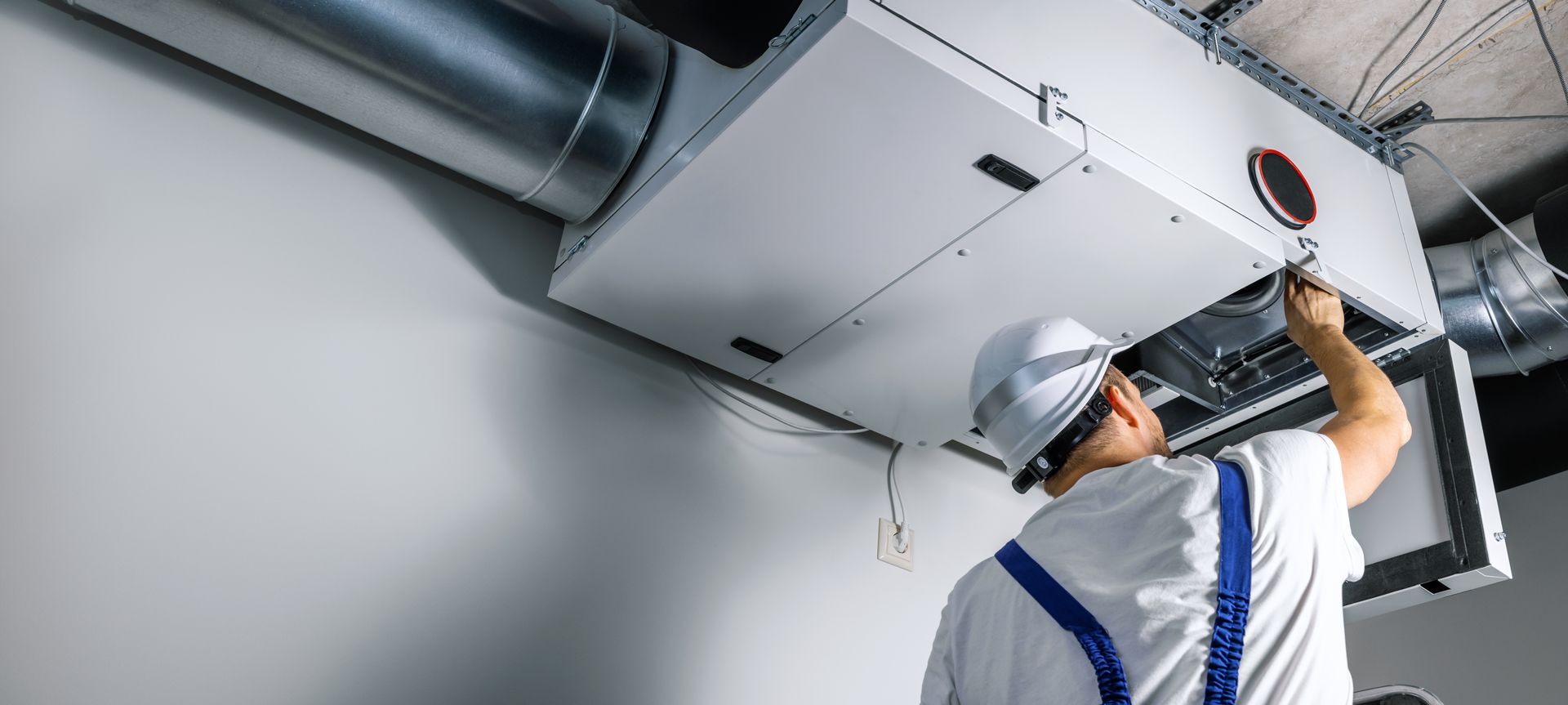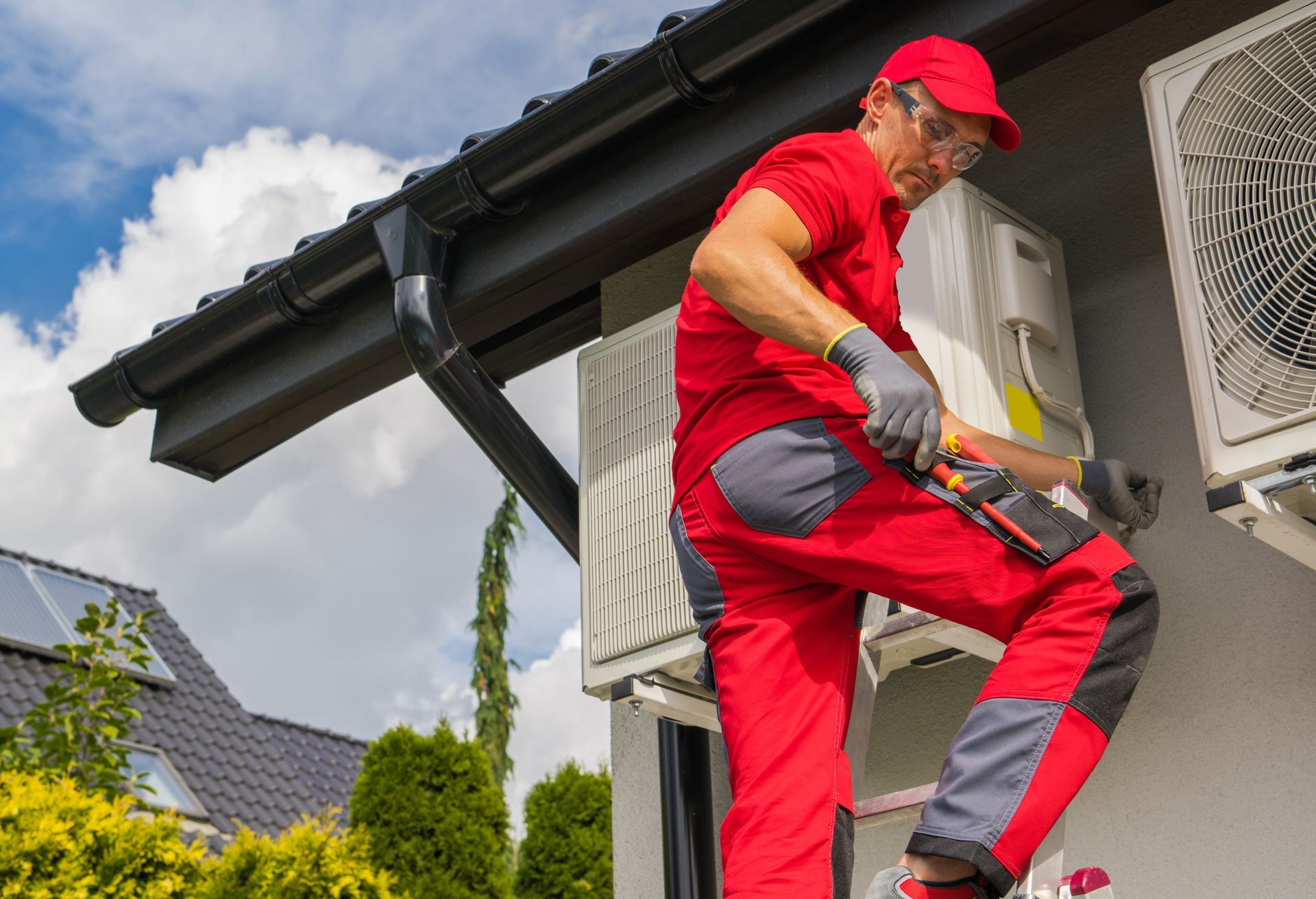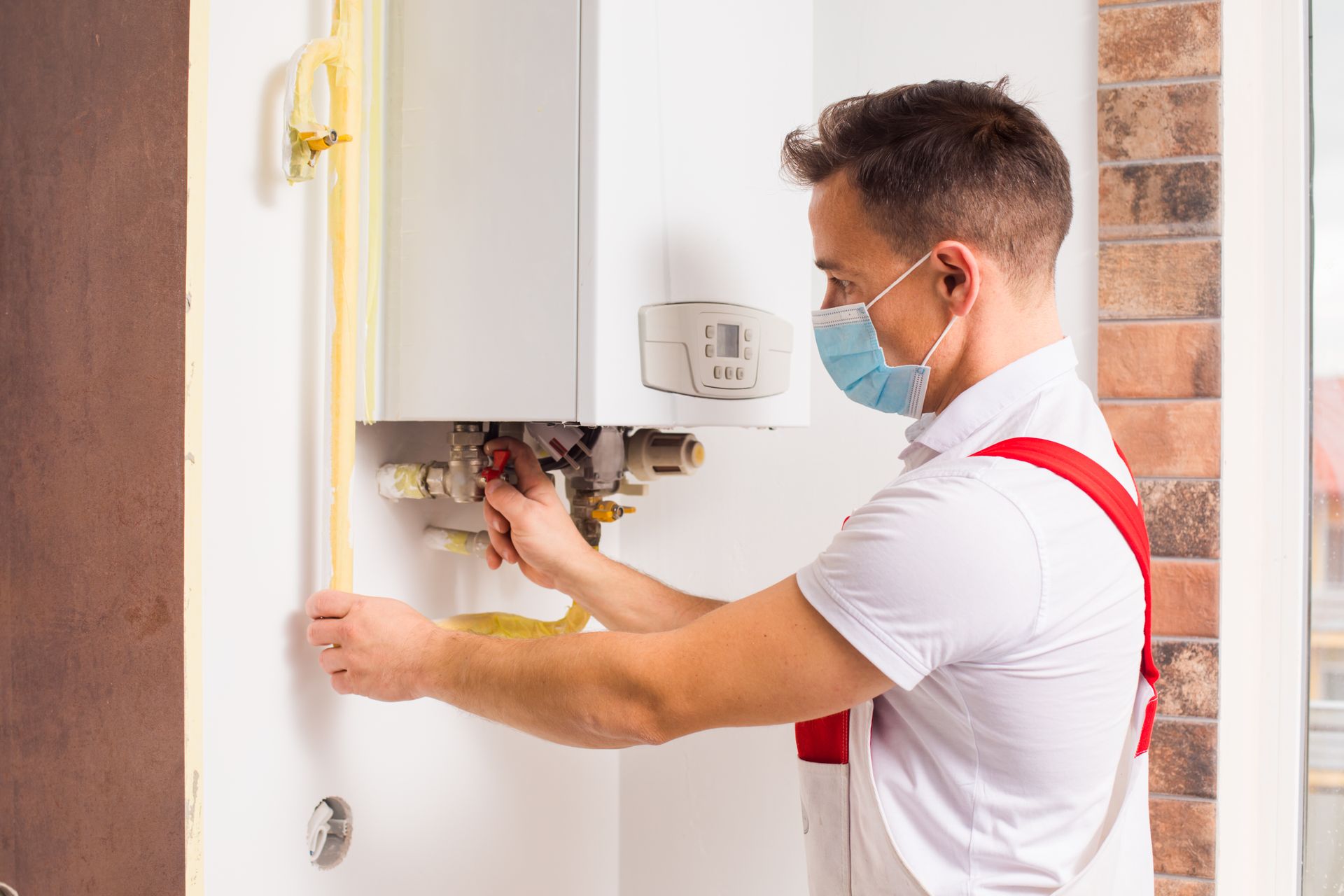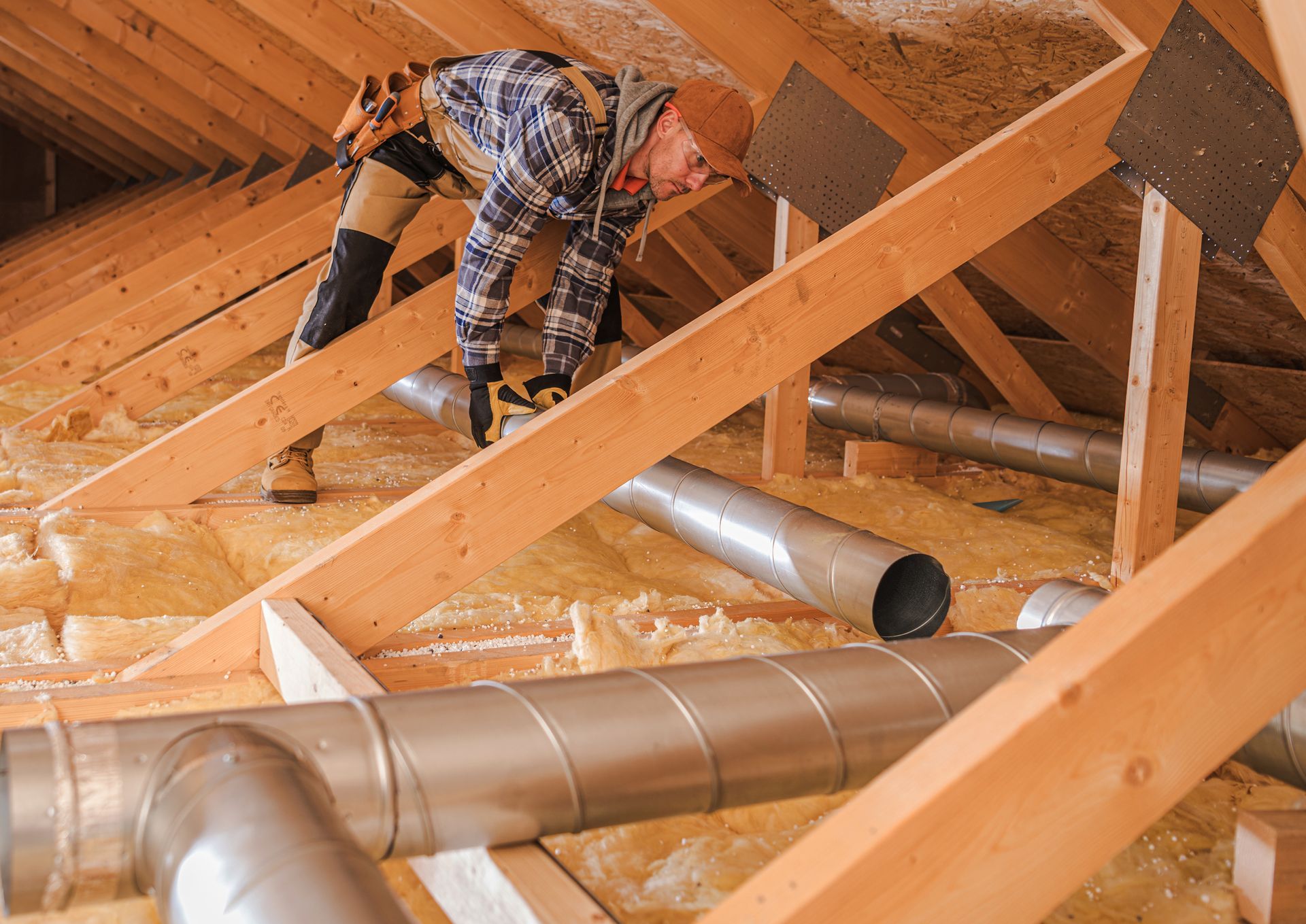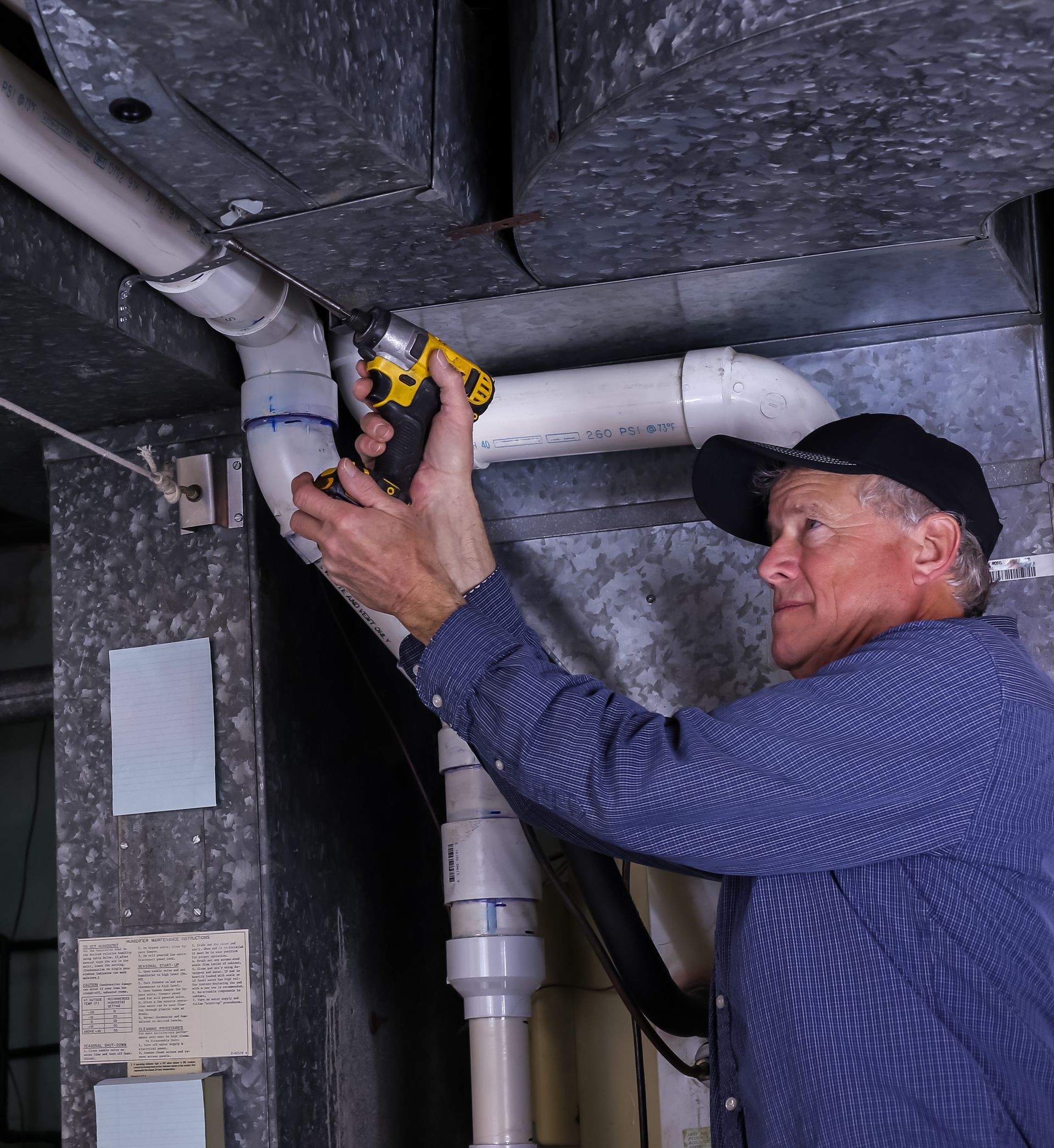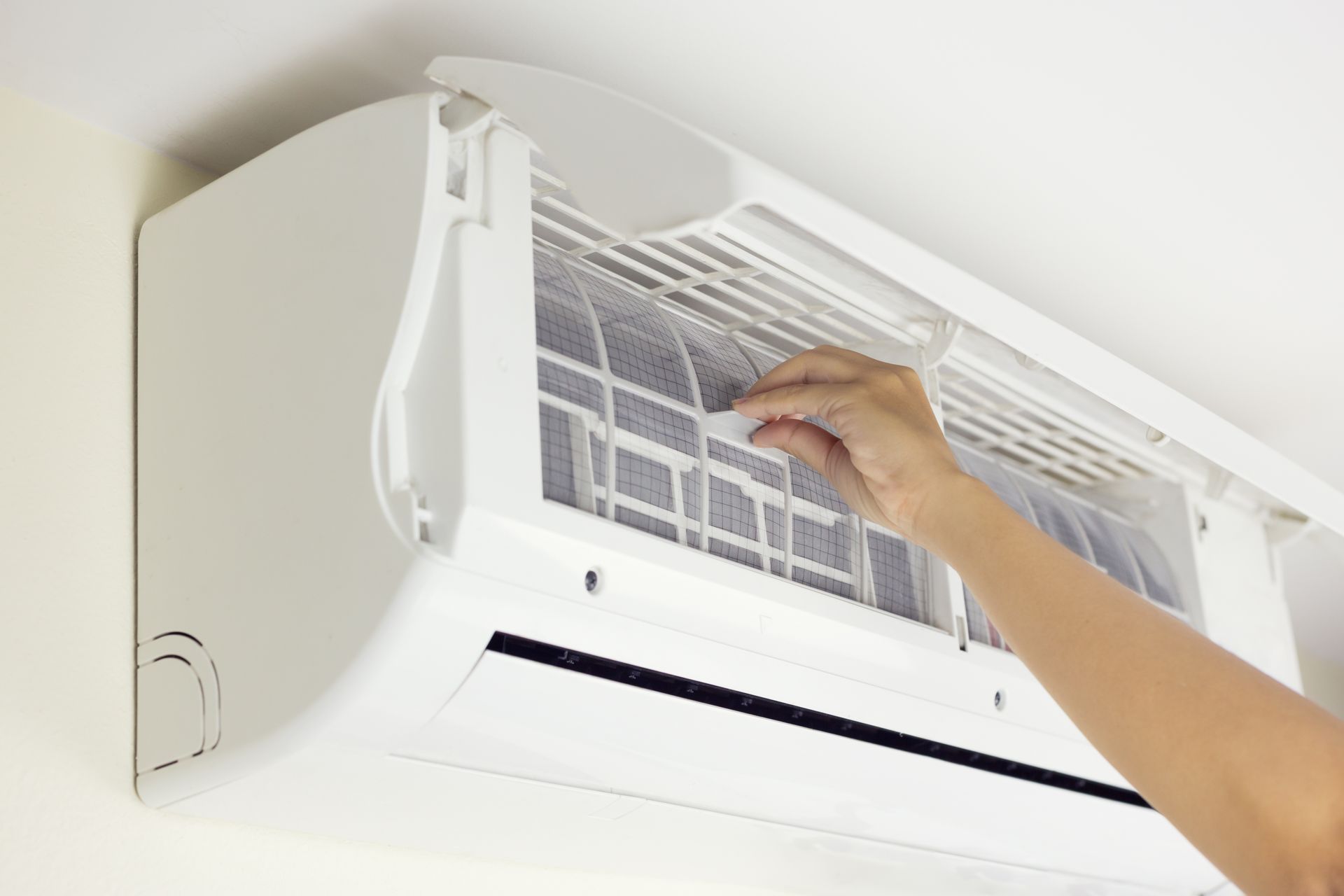The Ins and Outs of Ductwork Installation: What You Need to Know for Optimal Airflow
Proper ductwork installation is a critical component of your HVAC system. It ensures efficient air circulation, maintaining a comfortable indoor environment all year round. In this post, we'll delve into the ins and outs of ductwork installation and share essential tips for achieving optimal airflow. If you're looking to install or modify your existing ductwork, contact Modern Degree Services today for expert guidance and quality service.
Understanding the Types of Ducting
The first step towards efficient ductwork installation is understanding the different ducting types. The two main types include:
1. Flexible ducts: These are made of flexible plastic over metal wire coils, making them customizable for various spaces. They're typically insulated to prevent heat loss and are ideal for tight spaces. However, they can be prone to sagging or damage if not properly supported.
2. Rigid ducts: These are made of sheet metal, fiberglass, or fiberboard and come in various shapes like rectangular, cylindrical, or spiral. They're durable and efficient but might not suit all spaces.
Proper Sizing of Ducts
Accurate sizing is crucial for optimal airflow. Incorrect sizing may lead to inefficiency and uneven temperature distribution. To determine the appropriate duct size, professionals consider factors such as your home's square footage, the HVAC system's capacity, and the number of vents in each room.
Proper Ductwork Installation
Once you've chosen the appropriate duct type and size, it's time for installation. Here are key installation tips:
1. Limit bends and turns: Excessive turns and bends in ductwork can restrict airflow. Try to maintain straight paths and minimize angles to ensure smooth air circulation.
2. Seal connections: To prevent air leaks, ensure all connections and seams are correctly sealed using approved materials like mastic sealant or foil tape.
3. Optimize air distribution: Balancing dampers should be installed at the supply and return vents to regulate airflow and maintain consistent indoor temperatures.
4. Proper insulation: Insulate your ductwork, especially when it's located in unconditioned spaces like attics or basements, to minimize heat loss or gain.
5. Support and protection: Properly support and secure your ducts to prevent sagging, damage, or disconnection. Also, ensure they're protected from possible pests or harsh elements.
Importance of Regular Duct Maintenance
Once your ductwork is installed, regular maintenance is essential to keep it operating efficiently. Follow these maintenance tips:
1. Inspect the ducts frequently for signs of damage or leaks and repair them promptly.
2. Keep your ducts clean by removing dust and debris buildup that might hinder airflow.
3. Always ensure that vents are unobstructed to facilitate smooth air circulation.
Proper ductwork installation is critical for the efficient functioning of your HVAC system and overall home comfort. It involves selecting the appropriate duct type and size, careful installation with minimal bends and turns, and regular maintenance. If you're looking to install or modify your existing ductwork, don't hesitate to contact Modern Degree Services today. Our team of professionals is committed to ensuring your home's optimal airflow and comfort.


